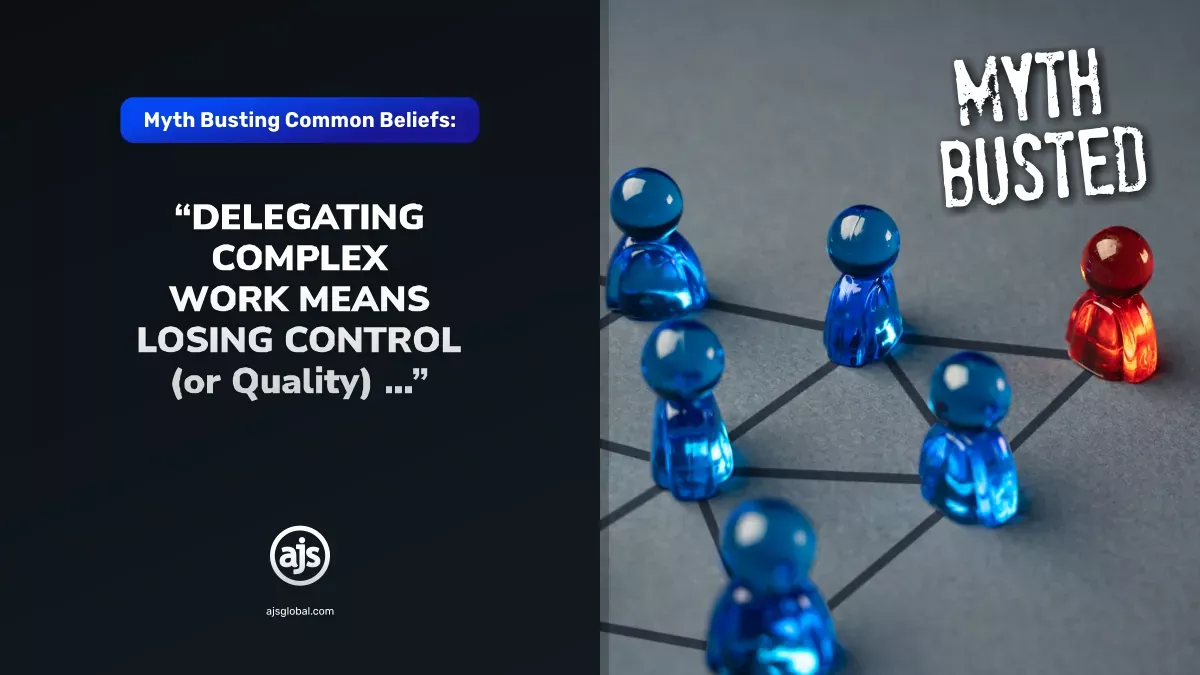
CHANGE is Hard
But sometimes the outcome outweighs the strife
Change is difficult. We all know that.
It’s uncomfortable. It feels like all your insecurities are hanging out for all the world to see. It seems like you’re suddenly incapable of doing your job. Incapable of acting normally. Things feel weird and out of place. And you – somehow – feel like you no longer belong.
All this newness, all this change, is too much to bear. We know what that’s like. It’s so extremely hard to move out of your comfort zone.
And when that change is happening in your workplace it can leave you feeling powerless. Not knowing where you stand, whether your role is secure. Whether your position is still warranted. Whether there’s still a space for you within the changed organisation.
As the leader of a business unveiling an organisational change — a new system or process, a corporate restructure, a shift in the business model — and getting a less-than positive response from your team, can be a little disheartening (to say the least).
It’s often not said outright. Teams will often not voice their discontent. Rather the reaction is subtle – lowered eyes, tightened lips. Silence. With a more confident or vocal team, you might get questions about whether the change is necessary, complaints about “yet another thing to do,” and lots of reasons why this just isn’t a suitable time for a big shift. You can probably recite the reasons on your own fingers – you have probably said them yourself once or twice in your own career. It’s much of the same.
But why is change so difficult for us? Shouldn’t we be used to it by now? These days, things turn on a dime. Changes happen from one moment to the next economically, environmentally, sociologically, politically, and organisationally. If you read our article from last week the world as we once knew it seems to be changing before our eyes – not always in the best of ways. Things are a little topsy-turvy at the moment. It’s a fast-paced world and technologically never stops. We never seem to stop. In this world that’s forever moving, and forever changing, we have to change just to keep up with things.
But it seems like when change is happening directly to us, we clam up and can’t operate properly. Surely, we should be more comfortable with change by now. Surely, we should – at the very least – be more open to change. If not, perhaps some re-wiring is needed so that we become more “change-capable” (a term derived by Erika Andersen of Proteus International, a coaching,
consulting, and leadership development training firm).
How we initially deal with change
According to Andersen when a change is first proposed, most people immediately want to know three things –
- What does this change mean to me?
- Why is it happening?
- What will it look like when the change has been made?
We gather this information intuitively, in order to begin to assess the level of risk and difficulty involved in the change.
As people begin to ask these questions, their initial mindset is usually that the change will be –
- Difficult – which really means “I don’t know how to do this, and/or other people are going to make it hard for me to do this.”
- Costly – which really means “this will take from me things I value” and
- Weird – which really means “this isn’t the way we do things around here.”
And people – employees – often get stuck in this mindset because the leaders of their organisation just don’t know how to get them out of the slump. Inevitably employees stuck in this negative mindset will refuse to support the change – and really can you blame them when they have little to no support through the change? Their mindset is stuck in the difficult, stuck, and weird mindset. It’s painful, it’s hard and both employee and organisation butt heads.
How can leadership help with change?
How can a leader better support their employees helping their mindset shift from difficult, costly, and weird to easy, rewarding, and normal? How can leaders help their employees embrace change?
There are four straightforward approaches that can be taken –
1. Increase understanding – the first thing people want is foundational information about what’s going on and how the change is going to affect them. Too often, organisations communicate a change in a fake, “cheery,” rather superficial way that simply doesn’t provide what people are looking for. Instead, communications like this can lead to a further increase in a sense of risk and unease. It’s more helpful to create and communicate a simple summary of the change that outlines:
- What it is,
- Why it’s happening, and
- The better future you’ll have, post-change.
Once you’ve created this “case for change,” expect (and be prepared to answer) questions about it. Because we’re wired to believe that most change is dangerous, we generally only shift to a more neutral or positive view when we get the necessary information, stories, and experience to help us frame it differently.
2. Clarify and reinforce priorities – letting people know what isn’t changing as well as what is changing can be very reassuring. Quite often, even a major change won’t have much impact on people’s key priorities. Let’s say that you’re reorganising your firm structure into industry verticals, away from a geographic focus. By confirming that the roles and responsibilities of the practising attorneys and support staff will remain largely the same you can help people focus on what needs to change, instead of worrying about all the things that will be staying very much the same.
3. Give control – especially with large-scale organisational change, employees can feel at the mercy of forces over which they have no say and have no control. By giving your people as many choices as possible during the change, you can reduce their fear and discomfort and increase the chances of engagement and buy-in. By giving your employees some elements of control, it will help them shift their mindset from negative to more supportive of the change. By helping employees gain more control, they can begin to focus on how to make the change easier and more rewarding.
4. Give support – finally, but in some ways most importantly, your people need consistent support throughout any change that affects them directly. Too often, leaders try to talk people out of what they’re feeling or even just ignore it — hoping or most often than not assuming that they’ll eventually “get with the programme.” But it’s critical to remember that, as a leader, by the time you communicate a change to your people, you’ve generally had some time to go through the process of change yourself. Despite knowing that you have already had time to process the change, you often expect employees to be as accepting of the change from that first moment as you are after months of thought, questioning, and mindset shift. Give them a little time to be worried, to hesitate, to ask questions, to want to know the impact on them, even to be sad or anxious. Listen. Summarise their concerns and ask what you can do to address them. Rather than labelling it “resistance,” recognise that they’re going through the same mindset shift you went through. It’s all normal. All you need to do it be supportive.
As the leader of an organisation going through a change, you need to understand that the initial fear and hesitation about change is normal — rather than assuming it means that your employees are “change-resistant” or “negative” — and instead, support your people through the necessary mindset shift. If you do, you’ll be in a better position to help your employees understand, accept, and adopt the change quickly – embracing the process and looking forward to the outcomes.
Yet again, it’s about a shift in mindset.
In the meantime, if you are in need of change where your legal tech is concerned or if you want to find out how to incorporate a new tool into your existing accounting and practice management suite, or how to get started with legal tech, feel free to get in touch with AJS – we have the right combination of systems, resources and business partnerships to assist you with incorporating supportive legal technology into your practice. Effortlessly.
AJS is always here to help you, wherever and whenever possible!
(Sources used and to whom we owe thanks: Foreign Policy; Politico; The Washington Post here and here; IOL; BBC; Sky News and National Geographic)
– Written by Alicia Koch on behalf of AJS





Leave a Reply